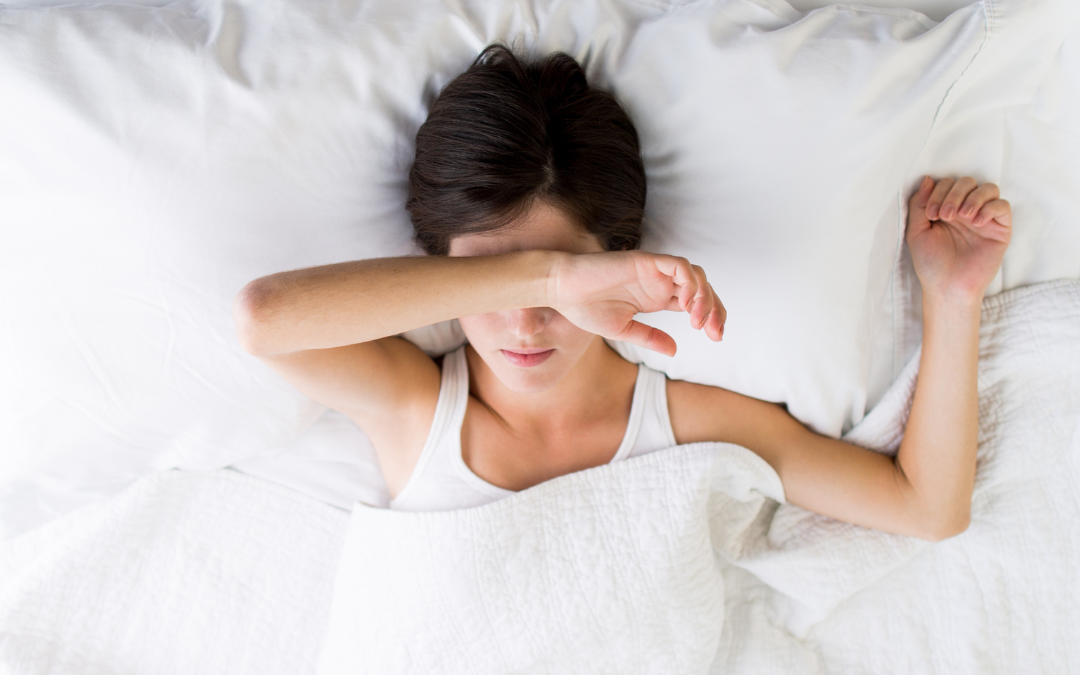I was absolutely thrilled to be recently featured on a panel of esteemed sleep professionals, hosted by Nox Medical, discussing the pertinent topic of Gender Disparities in Sleep. It was an incredible opportunity to contribute to the conversation surrounding such an essential aspect of health and wellness. Engaging with fellow experts and sharing insights gleaned from research and personal experiences was both enlightening and gratifying. Being able to shed light on the unique challenges and nuances faced by individuals of different genders in achieving restorative sleep was particularly rewarding. I am deeply grateful for the chance to have participated in such a meaningful dialogue and look forward to continuing to advocate for greater awareness and understanding of gender disparities in sleep health.
Sleep, the cornerstone of well-being, is often undervalued in our fast-paced society. However, recent research sheds light on a concerning trend: gender disparities in sleep health. Sleep isn’t a one-size-fits-all phenomenon, and understanding these differences is crucial for promoting overall wellness.
Studies have shown that women, on average, tend to experience more sleep disturbances than men. One contributing factor is hormonal fluctuations, particularly during menstruation, pregnancy, and menopause. These biological changes can disrupt sleep patterns, leading to issues like insomnia or fragmented sleep. Moreover, societal expectations and caregiving responsibilities often fall disproportionately on women, further complicating their ability to achieve quality rest.
Additionally, psychological factors play a significant role in sleep quality. Women are more likely to experience conditions such as anxiety and depression, which can negatively impact sleep. Stressors related to work, family, and social pressures can also affect women’s sleep patterns, leading to insomnia or poor sleep quality.
Interestingly, men and women may exhibit different sleep behaviors as well. Research suggests that women tend to prioritize sleep hygiene practices more than men, such as maintaining a consistent bedtime routine and creating a comfortable sleep environment. Despite these efforts, they may still face challenges in achieving restorative sleep due to underlying physiological and psychological factors.
Another critical aspect to consider is sleep disorders, which can affect individuals of any gender but may manifest differently. For example, obstructive sleep apnea (OSA), characterized by interrupted breathing during sleep, is more commonly diagnosed in men. However, women with OSA often present with different symptoms, such as insomnia or fatigue, which may lead to underdiagnosis or misdiagnosis.
Addressing gender disparities in sleep health requires a multifaceted approach. Healthcare providers must recognize and acknowledge these differences in their assessment and treatment of sleep-related issues. Tailored interventions that consider biological, psychological, and socio-cultural factors are essential for promoting optimal sleep health for all individuals.
Furthermore, raising awareness about the importance of sleep and its impact on overall well-being is crucial. Education campaigns aimed at both men and women can empower individuals to prioritize sleep and adopt healthy sleep habits. Workplace policies that promote work-life balance and flexible schedules can also alleviate some of the stressors contributing to sleep disturbances, particularly for women juggling multiple roles.
In conclusion, gender disparities in sleep health are a complex issue with far-reaching implications. By recognizing and addressing these differences, we can work towards a future where everyone has equal access to restorative sleep and, consequently, better overall health and well-being.


